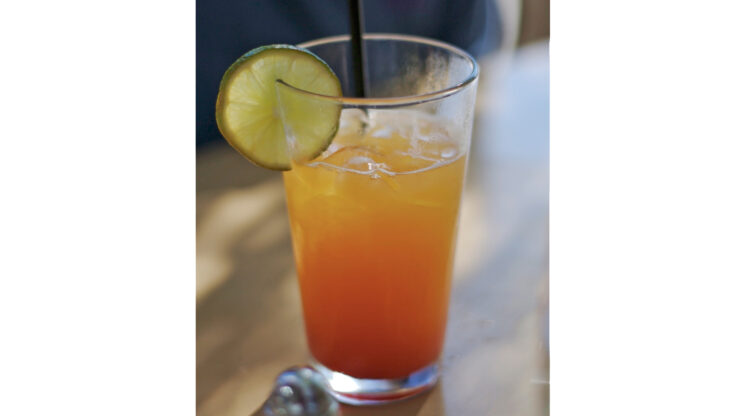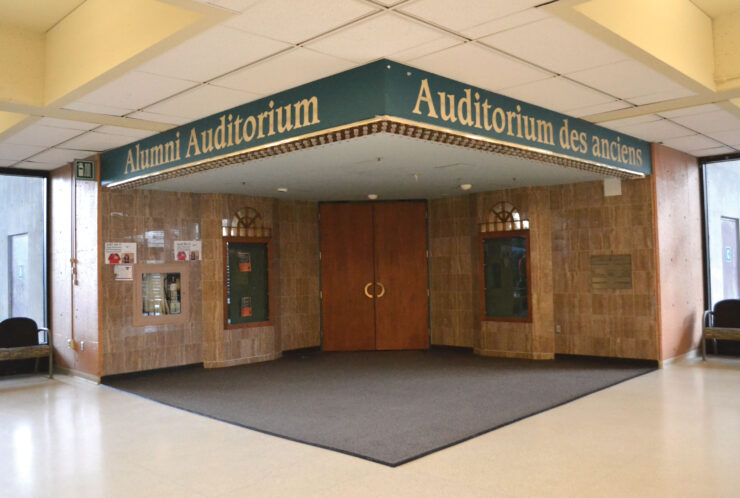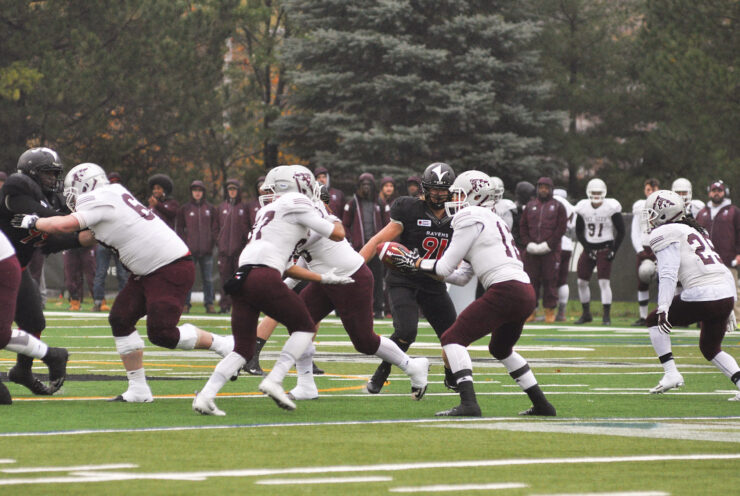Ch. 3: Wine in Bordeaux
Illustration: Kim Wiens
While the freshman in me would likely cringe, I’ve finally gone through the university rite of passage of becoming a wine-drinker.
Considering my ideal night involves an entire bottle of wine and “Netflix and chilling” solo, I’m clearly no expert on the intricacies of wine drinking. As such, I spent my weekend touring the city of Bordeaux—renowned as a UNESCO World Heritage Site and the wine capital of the world—in an attempt to learn a bit more about what exactly goes into my glass.
Drunk in Love
My tour group and I visited the Chateau Champion winery in St-Emilion, a 12th century family-owned winery in its 8th succession. We were greeted by Véronique Bourrigaud, a former hospitality student who told us of her love-affair with Bordeaux and how she married into the business.
“While working at the tourism office I fell in love with the wine… and eventually my husband as well,” she told us with a chuckle.
Sitting on a 15,000-acre vineyard, the Chateau Champion produces approximately 70,000 bottles of wine each year with only one permanent employee outside of the family. Her 80-year-old father-in-law continues to drive around the country in his truck selling his family wine at fairs.
How it’s made
Bourrigaud carefully guided us through the lengthy two-year process that goes into the making of a bottle.
“It’s all about respect for the land,” she said. The vineyards are never irrigated. The conditions of the land and the climate in that particular year is what makes a vintage.
The grapes are picked after checking for the perfect aromas, acidity, sugar, taste, and ripening of the seeds. They then undergo a year-long process during which the alcohol is fermented and pressed. Finally the wine is aged for a year in carefully selected oak barrels, and is finally bottled.
When asked about which mixes of grapes went into the wine, she was quick to correct us. “Never say mixes. We say blends. It indicates the tenderness and love that goes into the process.”
How to taste
The process of wine tasting is almost as intricate as the wine itself.
“Pour your glass, but never fill it to the brim,” she began. I found myself already out of my element.
First, never pick up a glass from the top. Hold it from the stem so as not to leave prints and to keep the wine at an ideal temperature
Next, observe the colour of the wine. You can tell the age of the wine from its colour and intensity.
Smell the wine. Put your glass down on the table and almost dip your head in. “Smell from your brain and not from your nose,” Veronique instructed, as though it were a routine act. Gently swirl the glass and smell it for a second time, as the smell should be more intense.
Finally you taste it. The first taste will wake your taste buds up. It will be strong and acidic. The second taste will be well-rounded.
We started with a 2011 cabernet sauvignon and followed with a rosé. After the fourth bottle, we stopped keeping track. There were about eight bottles in total. The bus ride home was a lot louder than the bus ride there, to say the least.
While I’m sad to have missed Thanksgiving back home, I can’t complain. I may not have over-indulged on turkey, but I think we can all agree that the wine was an adequate replacement.






